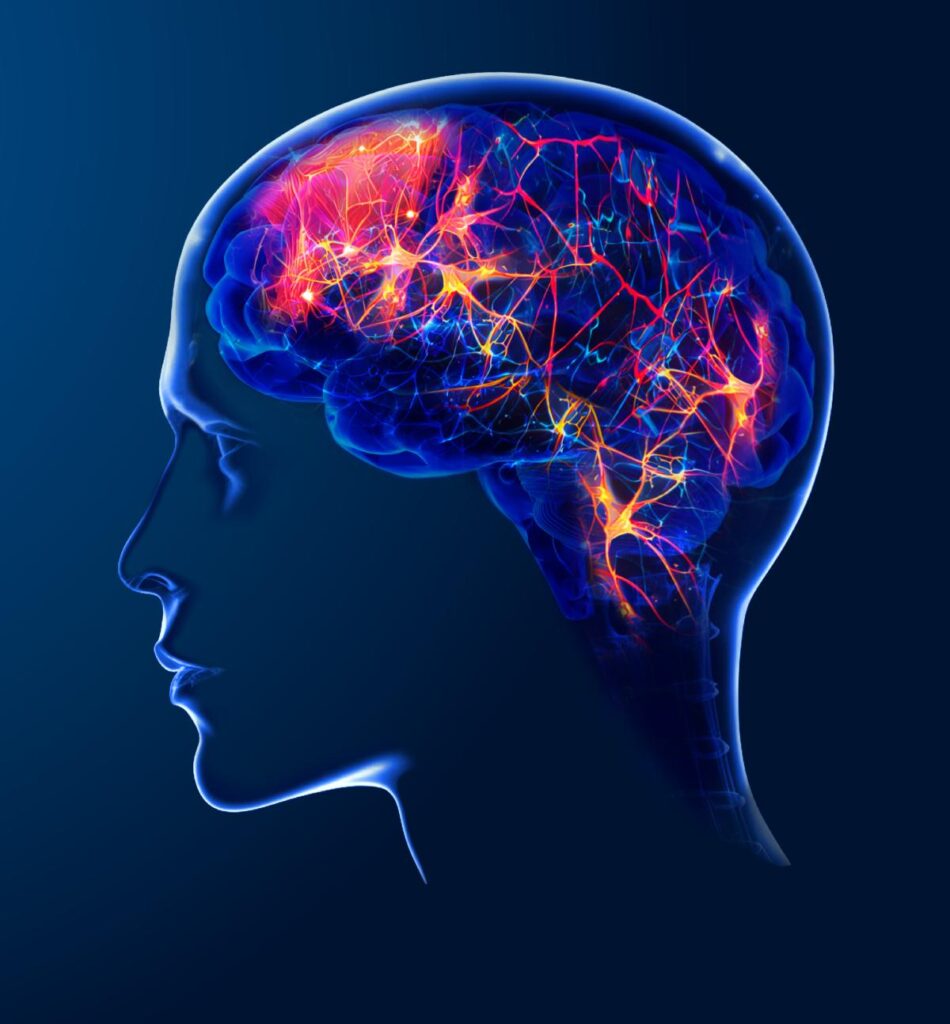
More than 80 percent of surveyed white-collar employees in India reported at least one mental-health symptom, with workplace stress among the top triggers.
Brain fog feels like slow thinking, poor focus, and words that sit on the tip of your tongue. Stress, short sleep, and screen overload can make it worse. If you work in Mumbai and want low downtime care, this page explains a non invasive therapy for brain fog and stress in Mumbai.
Non invasive therapy here means a clinic procedure that uses gentle brain stimulation. No needles or sedation. Each session lasts around 25 minutes per visit, and you can usually go back to regular plans the same day.
You will get a walkthrough of how sessions work, who it suits, who should avoid it, safety notes, and your next steps.
TL;DR
- This is a clinic procedure that uses gentle, non drug, needle free brain stimulation to support stress linked brain fog.
- Sessions take around 25 minutes per visit, with a short set-up and check-out.
- Suits working professionals who want low downtime and have brain fog tied to stress, poor sleep, or focus issues. Not for people with a seizure history, electronic or metallic implants near the head, or new severe symptoms that need urgent medical review.
- Comfort is usually manageable. You may feel tapping or tingling on the scalp. Mild headache can occur. Most people return to routine the same day. Timelines vary by baseline stress and sleep, so changes build across a short, planned course.
If you want to check fit and timing, book a consultation with Dr Anjali.
What non invasive brain stimulation means
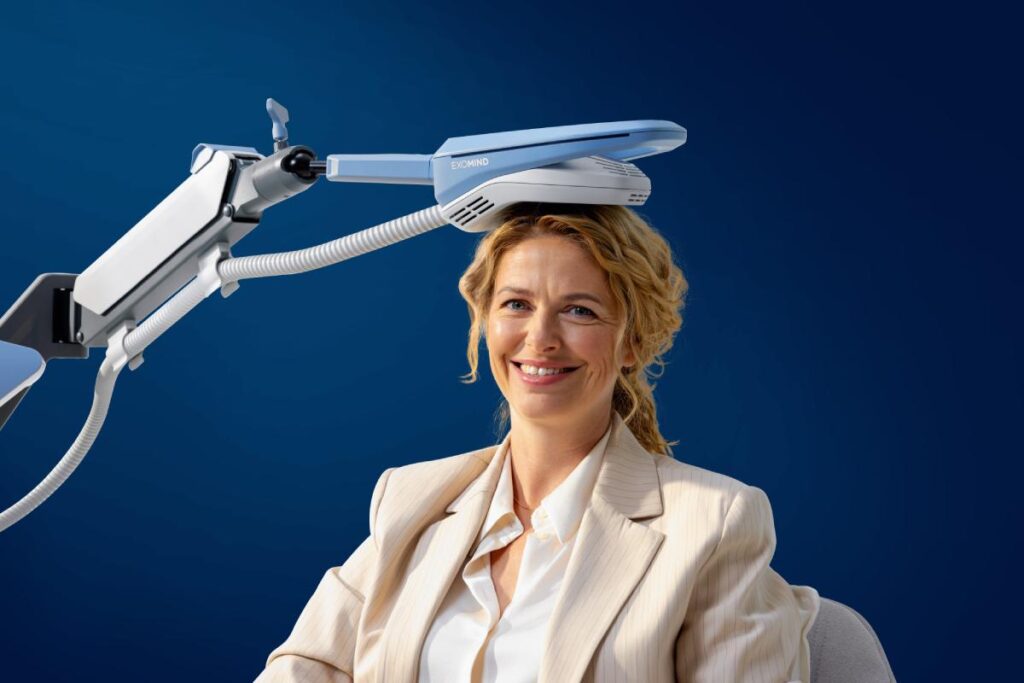
In clinic, a trained operator places a coil on the scalp. The device sends brief pulses that nudge activity in targeted brain networks. You stay awake. No sedation. Sessions run for tens of minutes per visit, then you can usually return to normal plans.
This is different from medicines and surgery. No chemicals are added to your body and no incisions are made. Any plan can sit alongside sleep work, counseling, or care from your own doctor.
Noninvasive brain stimulation is a procedure that uses magnetic fields to stimulate nerve cells in the brain.
It is not the same as electroconvulsive therapy. ECT is done under anesthesia and uses a controlled seizure, while this therapy does not use anesthesia and does not aim to trigger a seizure.
Home gadgets are not clinic devices. Consumer headsets vary in design and purpose and are not a substitute for supervised sessions.
Placement and dosing matter. Small changes in coil position or output can change which circuits you reach. Clinics use a measured motor threshold and a mapped target to keep sessions consistent across the course.
If you want the clinic version in Mumbai, read more about non-invasive brain fog therapy.
EXOMIND, how a session works from check in to check out
In clinic prep and screening
You check in and complete a safety form. We ask about seizures, head injuries, metal or electronic implants near the head, pregnancy status, and current medicines. Screening is mandatory to confirm safety and suitability.
We explain the plan and take consent. You sit in a comfortable chair. Ear protection is offered because the device makes a clicking sound. Most clinic appointments last around 25 minutes. Plan transport for the first visit and avoid driving if you feel drowsy.
During the session, what you feel
We measure your motor threshold. In simple terms, this is the lowest output that makes a your fingertips move a little in the right hand. Your plan is calibrated to your motor threshold for precise dosing.
The coil is then positioned to reach the target network linked to focus and mood. You may feel tapping or tingling on the scalp and hear rhythmic clicks. Staff are present and monitor you in real time. This is not ECT and does not involve anesthesia.
If anything feels uncomfortable, tell the operator. We can adjust coil position, output, or add short breaks to improve comfort.
After the session, what to do next
You can usually return to regular plans the same day. Mild scalp tenderness or a light headache can happen. Avoid caffeine and nicotine consumption 24 hours before and after the treatment. Usage/ consumption of alcohol and other psychoactive substances is also not recommended during the course of weekly Exomind, keep intake steady the rest of the day, and log your sleep that night.ght.
We review your notes at follow up and tune the plan if needed. If you develop new symptoms, contact the clinic before your next visit.
Who is a good fit for this therapy
You are likely a good fit if the fog tracks with stress and short sleep, and you want a clinic plan that fits around work. Sessions take 25 minutes per visit and slot into a weekday without disrupting most routines.
About 30 to 46 percent of adults report not getting enough sleep, depending on where they live, which can worsen focus and stress symptoms.
Green flags
- Brain fog linked to busy weeks, poor sleep, and screen overload
- Stable medical background with no acute crises right now
- Clear goals like better focus at work or steadier days
- Ability to attend a short course and follow simple home advice
- Openness to pair clinic sessions with sleep, movement, and therapy
This suits office goers who want low downtime and prefer a non drug, needle free approach under doctor supervision. If you meet these points, the next section covers who should avoid or wait.
Who should not do it or should delay
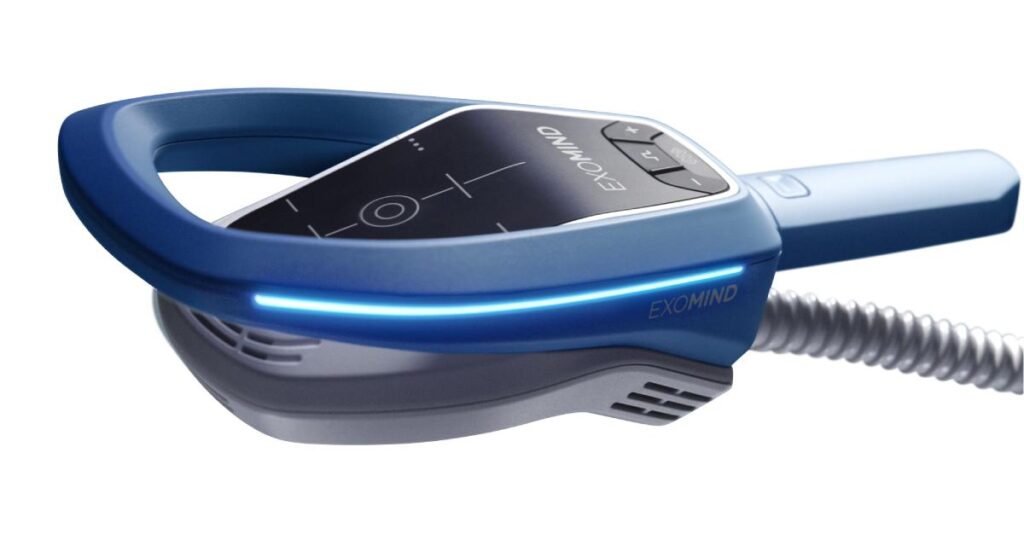
Safety comes first. A short screen saves problems later.
People who should avoid or wait
- A seizure history or a diagnosis of epilepsy. Seizures during clinic stimulation are rare, with an estimated risk below 0.01 percent per session, but we screen with care and may advise against it.
- Non removable metal or electronic implants in or near the head. Examples include aneurysm clips, cochlear implants, deep brain or vagus nerve stimulators, pacemakers near the chest with leads that could conduct, and some older tattoos with metallic ink. These can interact with strong magnetic fields and are a stop sign for rTMS in many services.
- Recent head injury or concussion, or migraines that are not under control. We usually stabilize these first.
- Pregnancy or planning a pregnancy. Discuss risks and benefits with your doctor before you consider any brain stimulation.
- New or severe symptoms like sudden weakness, speech change, or severe low mood with safety concerns. These need urgent medical review, not a clinic session.
When we ask for clearance from your doctor
- You take medicines that can lower seizure threshold.
- You have a complex neurological or cardiac history.
- You are under care for a psychiatric condition where coordination is essential.
Why we may suggest a different route
- Your main driver is untreated sleep apnea, thyroid issues, or a new medical problem. Fixing those first helps more.
- Your goals are cosmetic or skin lift. A face treatment such as EMFACE is different from brain stimulation and is planned on its own.
Session length, schedule, and total course
Short, regular care beats long, rare visits. “Brain health is a state of functioning across cognitive, sensory, social-emotional, behavioural and motor domains” and it improves with routine support and sleep care alongside clinic work.
Most sessions take 25 minutes per visit. You stay awake and can usually return to regular plans after. We book in real time around your calendar so the plan is realistic.
A typical starter course at our clinic is a short run of sessions over a few weeks. We space visits 5 to 10 days apart to balance comfort and momentum, unless your doctor advises otherwise. Plans are customized after screening and may extend if stress or sleep has been poor.
We add brief reviews along the way. These check comfort, coil position, and any changes in work, caffeine, or sleep. If we need to tune dose or spacing, we do it sooner rather than later.
First month plan
- Week 1, visit 1, screening and first session
- Week 2, visit 2, confirm comfort and placement
- Week 3, visit 3, short review of sleep and focus
- Week 4, 5 and 6, visit 4, adjust spacing & continuing the remaining session
How we adjust if sleep or stress shifts
- If you had several late nights, we may widen the gap between visits
- If work stress spiked, we may keep spacing tighter for a short period
- If you felt a strong scalp tingle or headache, we can adjust position or output
- If you felt steady and want a slower cadence, we can review that at check in
Need to line this up with work and commute, or school runs and meetings, first. Use the contact page to check your schedule and downtime before you lock dates.
What you may notice and when
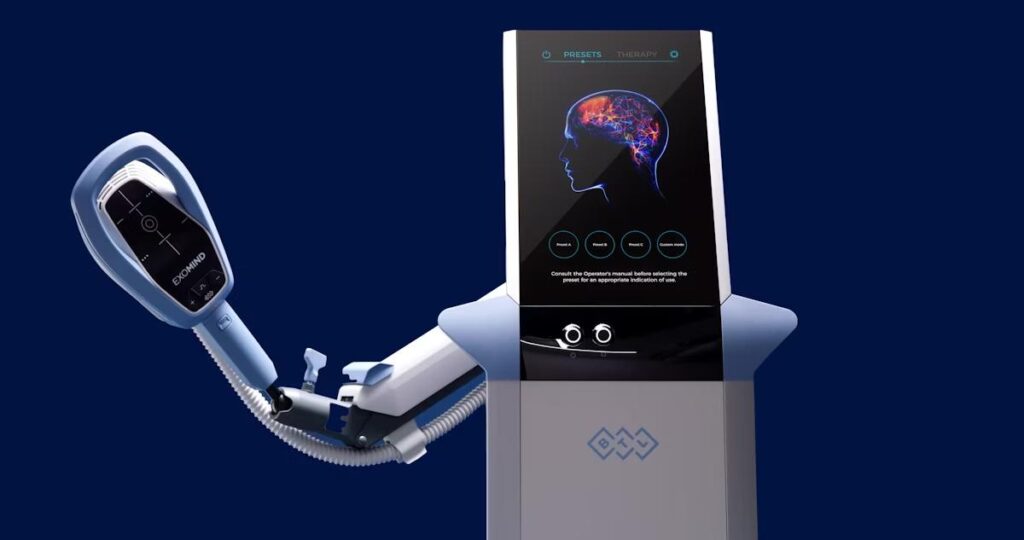
In the first few sessions, some people report calmer days or an easier time falling asleep. Better sleep can set the stage for clearer thinking. Adults do best with 7 or more hours a night on a regular basis.
Across a short course, focus and task follow through can build step by step. Clinic programs that use magnetic stimulation often plan several weeks of sessions before changes settle in, so patience and routine help.
Consistency matters. Try to keep the same session days each week, set a steady caffeine cutoff, and protect your wind down. Small daily habits plus clinic work tend to add up.
Flag concerns to the clinic if you get a new or strong headache, feel unwell after a session, notice mood going sharply down, or if you are not sure the plan still suits your week. We will review and adjust.
Safety, sensations, and side effects
Most people notice tapping or tingling on the scalp and a clicking sound. The most common effects are mild scalp discomfort and headache that fade as sessions continue.
Rare risks are screened for. The chance of a treatment-related seizure is estimated at about 1 in 1000 patients in clinical services, and careful screening lowers this risk further.
How we keep you comfortable
- Ear protection for the clicks
- Small position changes if the skin feels sore
- Output adjustments and short breaks when needed
- Hydration advice and simple pain relief if approved by your doctor
Active supervision
- A clinician is present during stimulation
- We monitor comfort and check in throughout the session
- You can speak up at any time and we pause in real time
When to skip a session and call the clinic
- Fever, new or severe headache, or illness
- New head injury or a change in neurological symptoms
- A recent metal or electronic implant procedure
- A new medicine that can lower seizure threshold
- Pregnancy or planning a pregnancy without prior discussion
What to pair it with for better outcomes
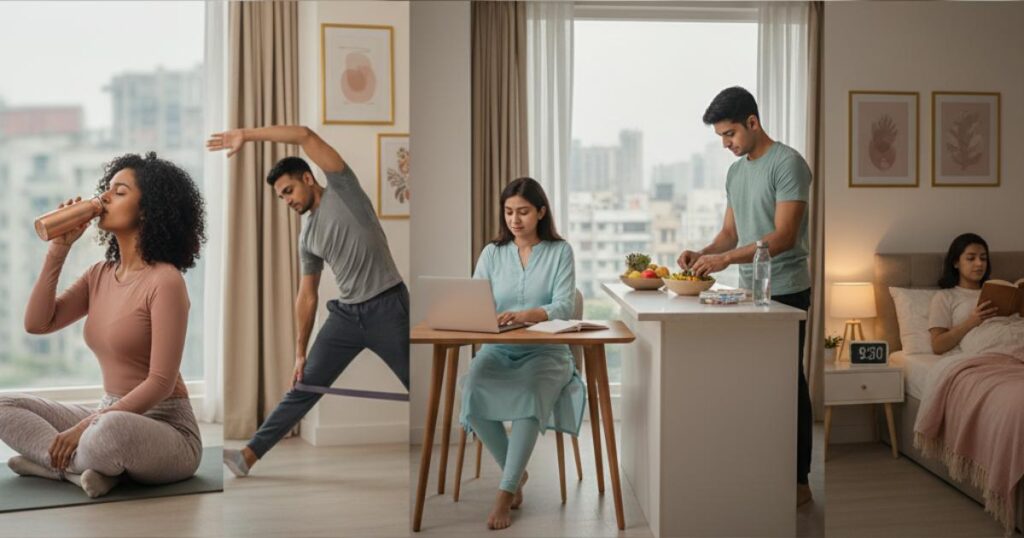
Clinic sessions work best when the basics are steady. Adults are encouraged to get at least 150 minutes of moderate activity a week, spread across days, which supports mood and sleep quality.
Sleep and screens
Keep a regular sleep and wake time, even on weekends. Dim lights an hour before bed and park screens outside the bedroom. Limit late caffeine and heavy meals. A short wind down routine beats long, rare resets.
Movement and breath work
Aim for gentle movement on most days. Brisk walks, stair breaks, light mobility, or a short cycle session are fine around clinic visits. Add slow breathing for a few minutes when stress spikes. Think long exhales, steady rhythm, and relaxed shoulders.
Therapy and coaching
If stress habits keep pulling you back, brief therapy or coaching can help. For long term sleep trouble, cognitive behavioral therapy for insomnia is recommended as first line treatment by a major physician group.
Nutrition and medicines
- Eat regular meals to avoid big energy dips
- Favor water through the day and carry a bottle to sessions
- Coordinate with your existing doctor if you take medicines for mood, sleep, or focus
These basics are simple, but when done with session plans, they add up in real life.
EXOMIND vs common options in Mumbai
Sometimes lifestyle fixes are enough. If your fog eases after two to four weeks of steady sleep, hydration, screen limits, and light exercise, you may not need clinic sessions right now. Keep a log and reassess with a doctor if symptoms return.
EXOMIND vs supplements
More than half of adults take dietary supplements, yet evidence for most “brain health” pills is limited, especially for people without a diagnosed deficiency.
Clinic approach: test first if B12, iron, or thyroid issues are suspected. If a deficiency is confirmed, treat that with your doctor. If labs are fine and fog tracks stress and sleep, clinic stimulation can be considered.
EXOMIND vs therapy
Talk therapy helps with stress patterns, rumination, and habits that feed poor sleep. Cognitive behavioral therapy is recommended in national guidance for anxiety and depression, and can be paired with clinic sessions when needed.
Clinic approach: if worry, low mood, or insomnia drive your fog, start or continue therapy. Use clinic stimulation as an add on when your clinician agrees.
EXOMIND vs needle based treatments
Injectable treatments like Botox or fillers are for cosmetic goals. They do not address stress linked brain fog. For skin lift or contour, a needle-free facial lift with EMFACE is a separate service and is planned on its own.
Clinic approach: choose based on the goal. Fog and focus problems are brain tasks. Skin lift is a face task. Mixing them only confuses the plan.
Myths and facts About Non Invasive Therapy For Brain Fog And Stress
| Myth | Fact |
|---|---|
| It is painful. | Most people feel tapping or tingling on the scalp and hear clicks. Sessions often last around 25 minutes and ear protection helps with sound |
| It is addictive or a quick fix. | No chemicals are taken and it is not habit forming. Progress is gradual across a short, planned course and depends on sleep and routine. |
| It replaces therapy or your medicines. | It does not replace mental health care. Plans are coordinated with your treating doctor and can sit alongside therapy. |
| You can do the same thing at home. | Clinic devices are prescription medical devices used under supervision. Consumer gadgets are not a substitute for supervised sessions |
| It is surgery or shock treatment. | There are no incisions and no anesthesia. It is not electroconvulsive therapy and does not aim to trigger a seizure. |
How we plan your first visit at Colaba
Mumbai traffic can stretch a 10 km drive to about 29 minutes on average, so we build buffer time into your slot.
What to bring
- A list of your current medicines with doses, plus allergies
- Recent reports if you have them, like thyroid or B12
- Notes on your last 7 days of sleep and caffeine
- A bottle of water and a light snack if you need one
What to wear and how to reach
- Comfortable clothing and footwear
- Hair tied back, avoid metal hair clips and heavy hair oil
- Plan parking or a drop off near Colaba and aim to arrive 10 minutes early
Setting expectations
- First visit includes screening, consent, and a short session if suitable
- We explain what you may feel, how we adjust comfort, and what to do after
- Total clinic time is usually tens of minutes per visit, with a little extra on day one
Booking the next visit
- Before you leave, we book your second slot and share a simple home checklist
- You get a contact number for quick questions between visits
When we advise an alternative
- If we see red flags like new neurological symptoms or Metal / electrical implants near the head and neck region, exception being dental implants which can be worked around with.
- If suspected sleep apnea, thyroid issues, or a medicine interaction needs review
- If your goals are cosmetic, we steer you to the right service instead
Ready in 2 minutes, your fit checklist
76% of adults said stress affected their health in the last month, so a quick screen can save time and guesswork.
How to use this
Tick Yes or No. Count your Yes.
Green flags
- My brain fog tracks busy weeks, short sleep, or long screen days
- I want a non drug, needle free clinic plan with low downtime
- I can attend short sessions, tens of minutes per visit
- I can keep a steady sleep routine during the course
- I am open to pairing sessions with simple habits like walks and caffeine timing
Pause and check
- I have no seizure history and no metal or electronic implants near the head
- No recent head injury, and migraines are stable
- I am not pregnant, or I can discuss this with my doctor first
- My main issue is not an untreated medical problem like sleep apnea or thyroid trouble
- I can share a current medicines list and coordinate with my treating doctor
Practical fit
- I can reach Colaba on a weekday and plan buffer time for traffic
- I prefer supervised sessions over home gadgets
- I am fine with supervised adjustments in real time if the scalp feels sore
What your score means
- 9 to 12 Yes, you likely fit a clinic screen
- 6 to 8 Yes, discuss timing, sleep, and work before you book
- 5 or fewer Yes, start with basics and speak to your physician first
If your answers lean Yes and you want a measured review before deciding, share your sleep notes and medicines list at your first consult.
Doctor notes, clinic only insights
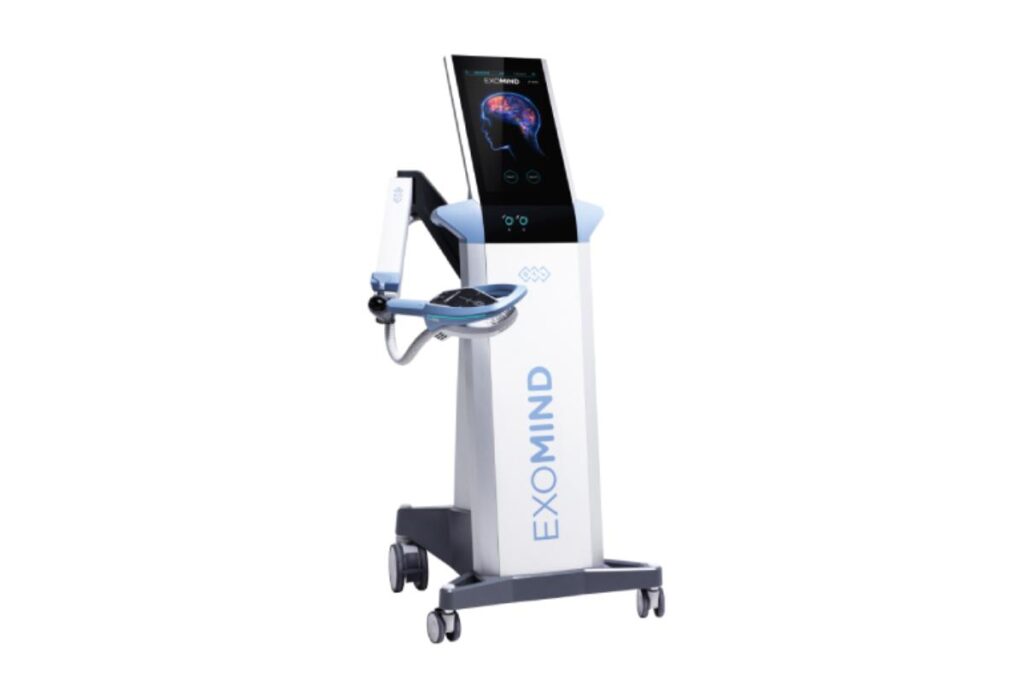
Realistic downtime window
Plan a simple window. Day one takes longer for screening, so keep 45 to 60 minutes door to door. Follow up visits are usually tens of minutes per slot, with a short buffer to breathe before your next meeting. Most people are ready to leave within 5 to 10 minutes after the coil is off.
When we advise against therapy
We pause or redirect if there is a new neurological symptom, a recent head injury, uncontrolled migraines, pregnancy without prior discussion, or metal or electronic implants near the head. If your main issue looks medical, like untreated sleep apnea or thyroid trouble, we ask you to treat that first.
Best pairings for natural results in busy weeks
- A steady sleep schedule plus a simple wind down
- Gentle movement on most days and regular daylight
- Caffeine cut off in the afternoon and steady hydration
- Brief therapy or coaching if stress habits keep looping
- Check in with your treating doctor if you take medicines for mood, sleep, or focus
Staging plans for needle shy patients
- Start with careful motor threshold mapping and the lowest comfortable settings
- Use ear protection, position tweaks, and short breaks to settle in
- Set one clear goal for the first two visits, such as steadier sleep or calmer days
- Keep early sessions earlier in the day to avoid late evening arousal
- Review comfort at each check out and adjust placement or output before the next slot
Frequently asked questions About Non Invasive Therapy For Brain Fog And Stress
Yes. Stress and short sleep can slow recall and focus. Fog often eases over days to weeks when sleep and workload improve. New or severe symptoms need a medical review.
Start with your primary physician. For clinic stimulation plans, see a clinician trained in non invasive brain stimulation. A psychiatrist or neurologist may co manage if mood or neurological issues are present.
Not by default. Your doctor may order targeted labs like thyroid, B12, or iron, and screen for sleep apnea if history suggests it. Imaging is reserved for red flags.
You sit awake, hear clicks, and may feel tapping or tingling on the scalp. Mild headache or scalp soreness can occur and usually settles the same day.
Plans are individualized. Many start with a short series in the first 2 to 3 weeks, then spacing is adjusted based on sleep, stress, and comfort.
Often yes. Bring your current medicines list. The clinic coordinates with your treating doctor so dosing and timing remain safe. Do not change medicines on your own.
Conclusion

41% of employees worldwide report a lot of daily stress, which tells you brain fog is not a rare glitch but a common workday problem.
If your fog tracks busy weeks, poor sleep, and long commutes, a calm plan helps. Start with steady sleep, light movement, and caffeine timing. Add a short, clinic based, non drug, needle free therapy when screening says it fits. Sessions are supervised, adjusted in real time, and planned around work.
Progress is not a switch. It builds with routine, simple habits, and clear reviews. Tell the clinic if anything feels off so the plan can be tuned early.
If you want a measured, doctor led review at Colaba before you decide on any course, you can Book a consultation with Dr Anjali and bring your sleep notes and medicines list.
